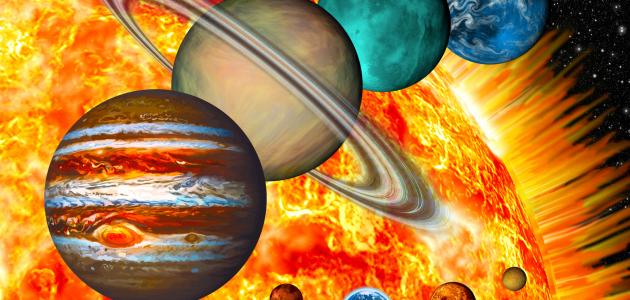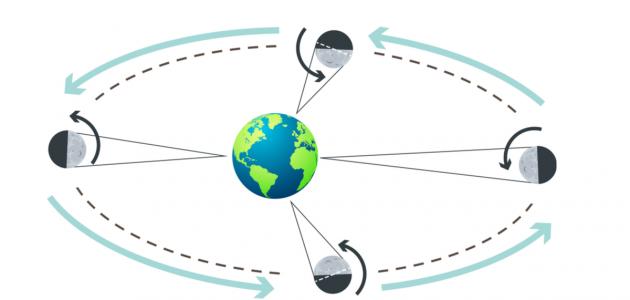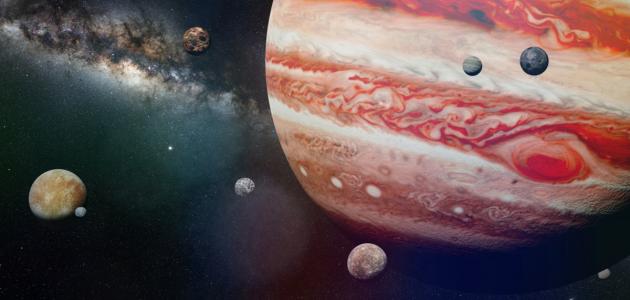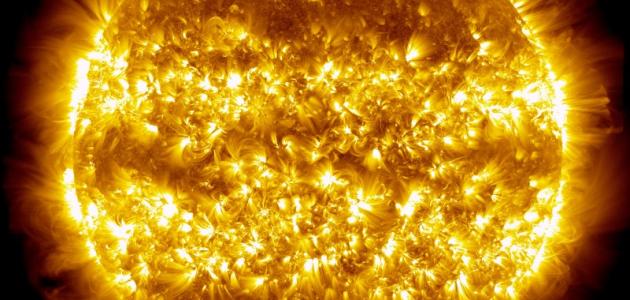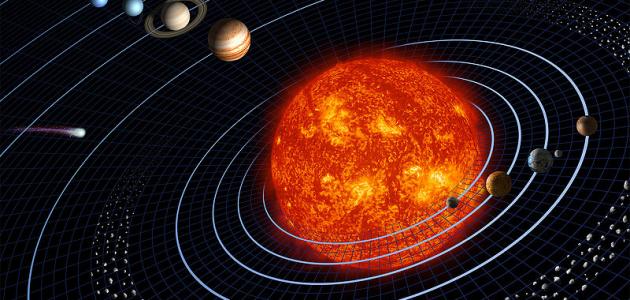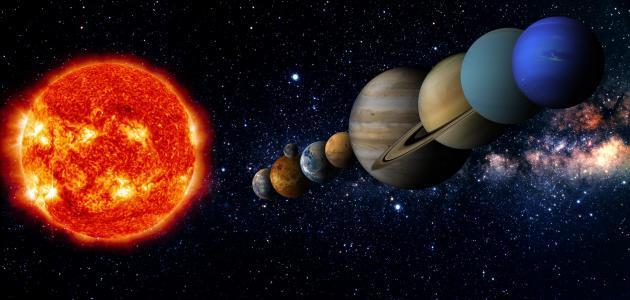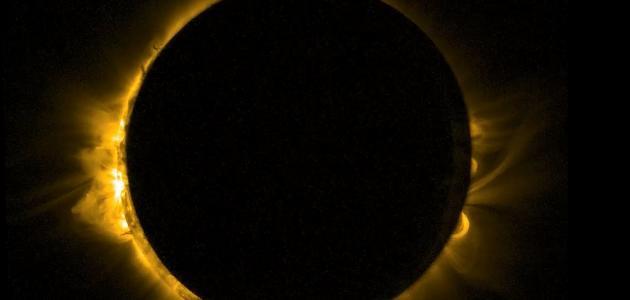The beginning of the discovery of planetary movement
The ancient Greek philosophers presented many astronomical theories that later became the basis for the scientific revolution that existed in Western civilization in the sixteenth century. These theories attempted to explain the movement of the planets in the sky, and among them were some ideas that believed that the planets revolve around the sun, but The theory that prevailed at that period was Aristotle's theory, in which he saw that the Earth was the center of the universe, and that all the planets, in addition to the sun, and the rest of the other stars revolved around this center. Aristotle deduced this theory through eye observations and tangible facts that proved The earth is fixed in place.
Aristotle's theory remained prevalent during the sixteenth century, until the Polish Nicolaus Copernicus came in the year 1515 AD. He presented a scientific proposal in which he stated that all the planets revolve around the sun, including the Earth, which is considered a planet like the other planets of the solar system. However, Nicolaus Copernicus He did not publish this scientific proposal until 1543 AD, and when he published it, his theory of explaining the motion of the planets found few supporters.
Planetary motion finder
The astronomer Nicolaus Copernicus is considered the discoverer of the movement of the planets of the solar system. He provided the world with the correct explanation for the movement of all the planets, including the movement of planet Earth. He showed that this movement is around the sun, and in one direction for all the planets. Through this proposition, the hypothesis of the retrograde movement of the Earth was shown to be wrong. (in English: Retrograde motion), which arose by observing the movement of other planets in a direction opposite to the movement of planet Earth.
Read also:Why was the planet Uranus called by this name?Copernicus' theory of planetary motion
The scientific treatise in which Copernicus presented his theory of explaining the motion of the planets was known as the Little Commentariolus, in the period between 1508-1514 AD, in which Copernicus explained, as previously mentioned, that the sun is the center of the celestial bodies present in our galaxy, and that all The planets revolve around them. He also showed that planet Earth, in addition to its annual rotation around the sun, also rotates around its axis once a day, and that there is a slight change that occurs in the direction of its axis of rotation, which leads in the long run to creating what is known as the phenomenon of the solar equinox (in English: equinoxes, which occur twice a year, during which the sun is perpendicular to the Earth's equator, and the hours of day and night are equal.
Copernicus pointed out that those components that he explained in his theory together constitute what is known as the solar system, and it must also be noted that the theory he created had a prominent impact in influencing many subsequent scientists in the era of the Scientific Revolution, such as: Newton (in English: Newton), Galileo, Kepler, and Descartes.
A brief biography of Copernicus
Nicolaus Copernicus was born in 1473 AD to a wealthy merchant father and a mother from a famous merchant family. Nicholas was the youngest of their four children. In 1496 AD he entered the University of Bologna (in English: University of Bologna) to study law, and then moved to the University of Padova (in English: University). of Padua) to study medicine, but he did not complete his studies in this field, so he returned to complete his studies in the field of law, and was able to obtain a doctorate in it from the University of Ferrara. As for astronomy, Copernicus studied it on his own, and explained His new theory of cosmology, and after a long period of time had passed since the presentation of that thesis specifically in the year 1539 AD, Nicholas, with the help of his classmate, the mathematician Georg Joachim Rheticus, printed the first introduction to his theory, but printing an entire book containing all his ideas was not possible. It was completed until 1543 AD, that is, shortly before his death.
Read also:What is the mass of the earth